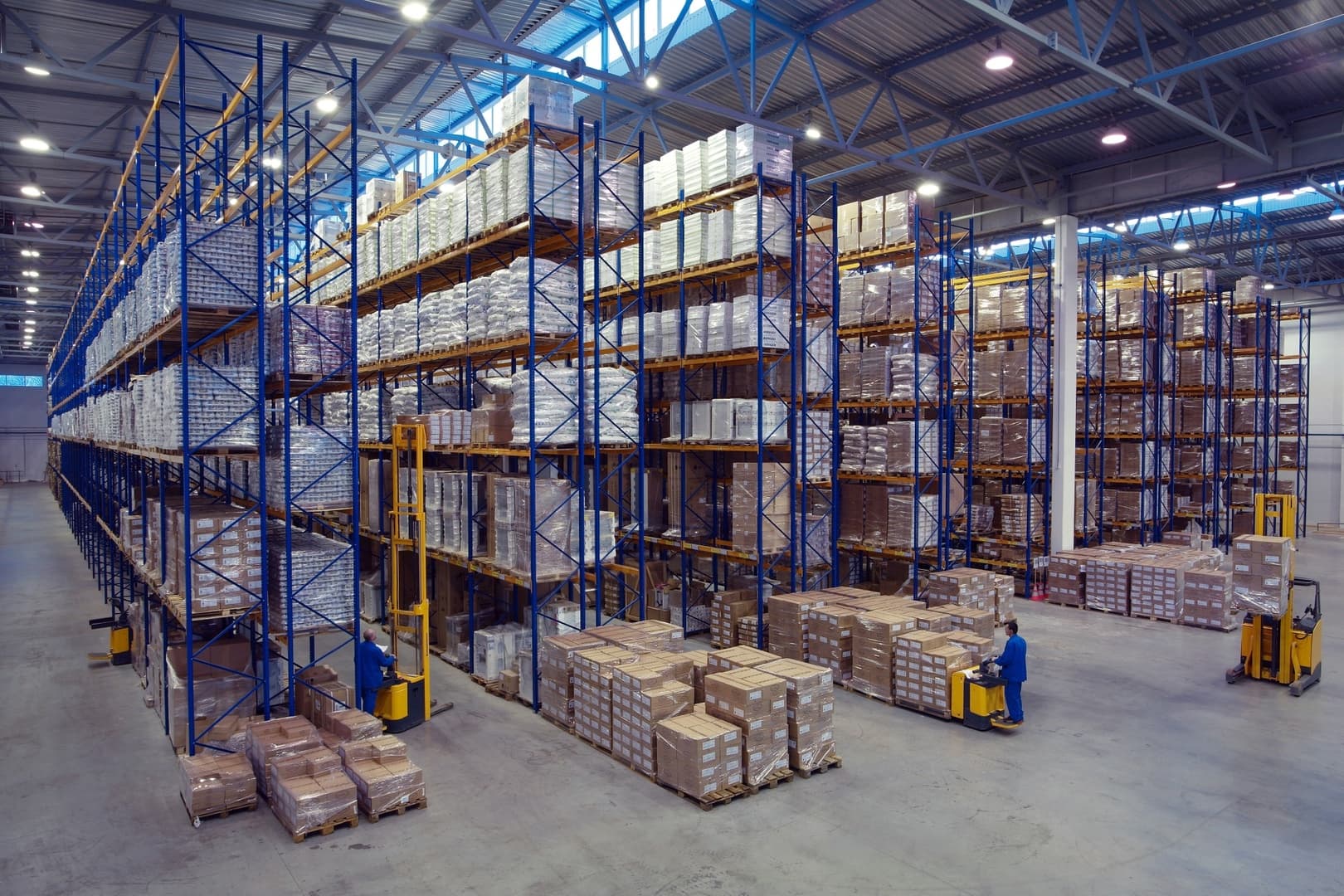The industrial real estate market continues to strengthen – but it’s undergoing a major transformation

“The market is under pressure from inflation, interest rates, rising rents and reduced demand from tenants, who are also dealing with a drop in demand from their customers. This will eventually lead to the release of some premises currently occupied, which may lead to an expansion opportunity for larger companies with a stable background. Over 1.1 million sq m of new space is still under construction, which should also contribute to the overall improvement of the market situation,” commented Michal Bílý, head of the 108 AGENCY market research department, when summing up the results of the quarterly analysis.
The fact that change is evident in the durable logistics and production industry is verified by the most monitored data – net realised demand. It has now decreased year-on-year and quarter-on-quarter, and was greatly influenced by the giant spring transactions at Panattoni Park in Cheb. However, even without taking this into account, demand fell by 56,000 sq m compared to the 2nd quarter. Considering the fact that, from July to the end of September, a record number of new halls with a total capacity of almost 450,000 sq m were completed, this is no small undertaking. By the end of the year, roughly 236,000 sq m will be added. Thanks to the activity of developers, this year will end with the addition of almost 1 million square metres of new industrial areas.
Nonetheless, the vacancy rate is still around 1%, while the total volume of modern leased industrial space exceeded 10.65 million sq m. This is mainly due to the fact that most of the larger projects were pre-leased before the energy crisis and the war in Ukraine broke out. Therefore, it is still almost impossible to find larger, vacant premises to move into within 6 months, according to 108 AGENCY. The only exceptions are the Pilsen and Moravian-Silesian regions, where the most unoccupied logistics or production halls are now located.
“It is evident that the developers are trying to focus on large, stable tenants and take advantage of the lack of available space. Short-term leases are completely out of the question - new tenants must expect to sign leases for at least five-years, but ideally for seven or ten-years, and for the highest possible rent. One positive piece of news from the 3rd quarter is that rent growth stopped in Prague and in other regions slowed down. Unfortunately, this doesn't apply to total costs, which, to the largest extent, are primarily reflected in the jump in energy prices,” explains Matěj Indra, head of the industrial and logistics real estate department of 108 AGENCY. According to Mr. Indra, this fully demonstrates the competitive advantage of eco-friendly industrial properties with renewable resources and other operational savings.
The prudence that can be seen among real estate investors is also reflected in the behaviour of some tenants in the industrial segment. They are postponing expansion or relocation in anticipation of the market cooling and securing better conditions. On the contrary, larger, expanding players are trying to 'pre-stock', even at the cost of higher rents. This is also due to the lack of development areas near Prague and Brno.
The offensive approach of developers, increasingly preferring to rent as much space as possible for as long as possible, is caused by increasing interest rates, regardless of whether they take out development loans in crowns or euros. This also doesn't take into account the ongoing volatile pricing of construction work and materials. The security and safety of rental/investment is also increasingly mentioned in connection with the expected instability in the coming year.
The changing development of the entire logistics and industrial production market is further exacerbated by other factors. In addition to the uncertainty at the level of consumer demand, which affects e-commerce and many other sectors, including the automotive industry, labour shortages are also affecting companies. This has been, and will continue to be, more intensely written into the strategies of most large logistics service providers, particularly for the selection of future locations or sites for expansion.



